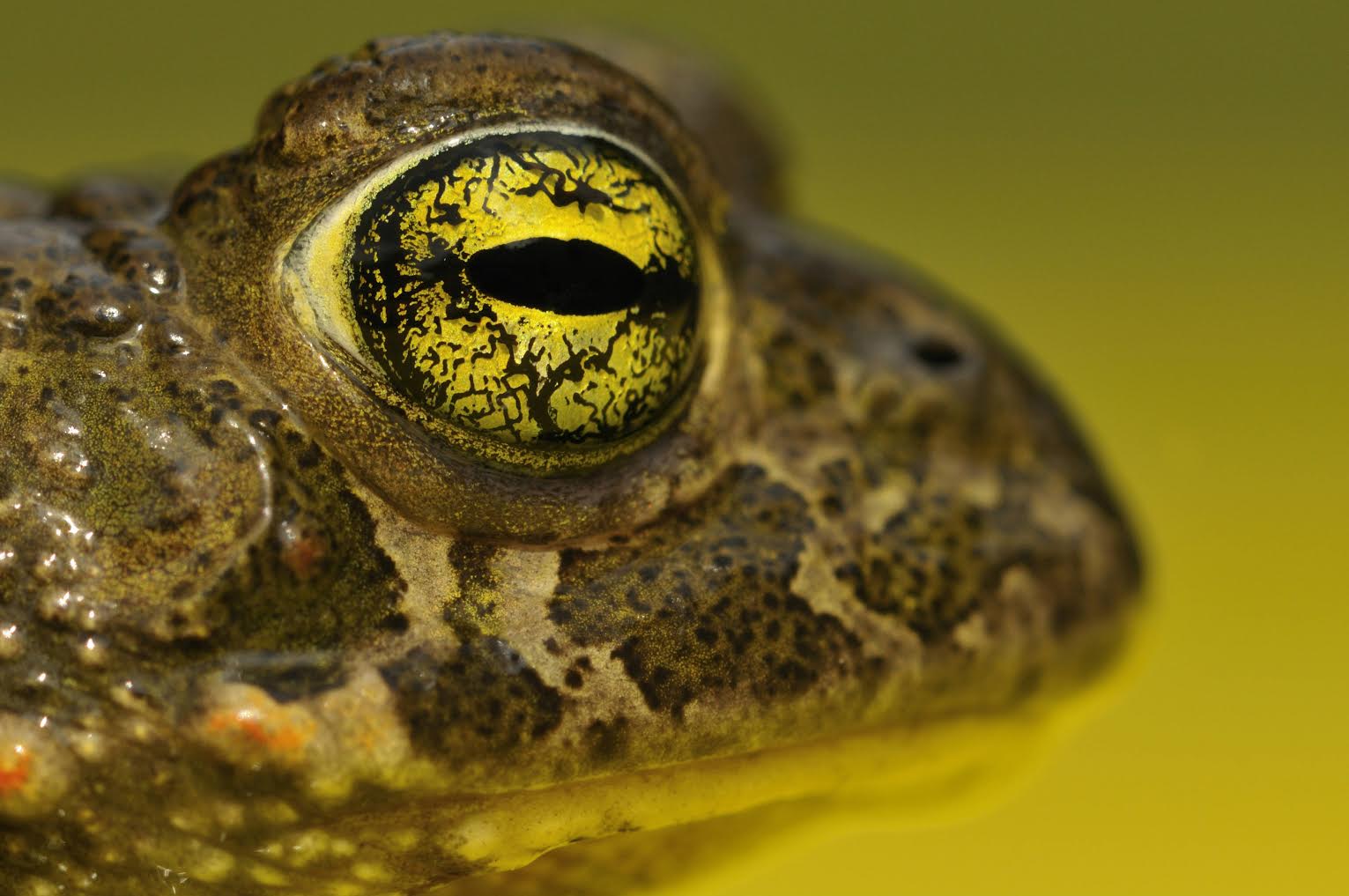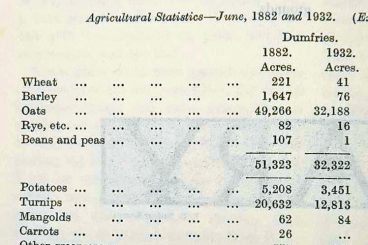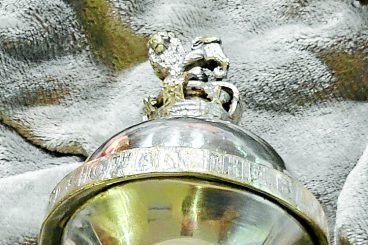Work started at Mersehead in 2013 after severe winter storms destroyed the sand dunes the toads often hibernate in. The Solway Firth is the only place natterjacks can be found in Scotland and there were serious concerns that the Mersehead population may have been decimated.
A survey was carried out in 2014 and new shallow ponds created for breeding.
At the start of the project there were around 30 breeding male toads counted at Mersehead and by the end, in 2016, there were 150.
James Silvey, RSPB Scotland’s species and habitats officer, said: “It’s fantastic to see that the natterjack population is responding to the habitat management we’ve put in place. The evidence of toads breeding in three of the five ponds we made for them is a real highlight.
“Natterjack populations are declining across most of their range in Scotland due to climate change and inappropriate management, making the population at Mersehead all the more important. We’ll be continuing our work for these amphibians over the coming years to hopefully increase their numbers even more.”
On the list to do this year is the creation of three shallow lagoons to further expand the available habitat. Efforts will also be focused on removing scrub across the dune system to the east of the site and bring it into favourable condition for breeding.























